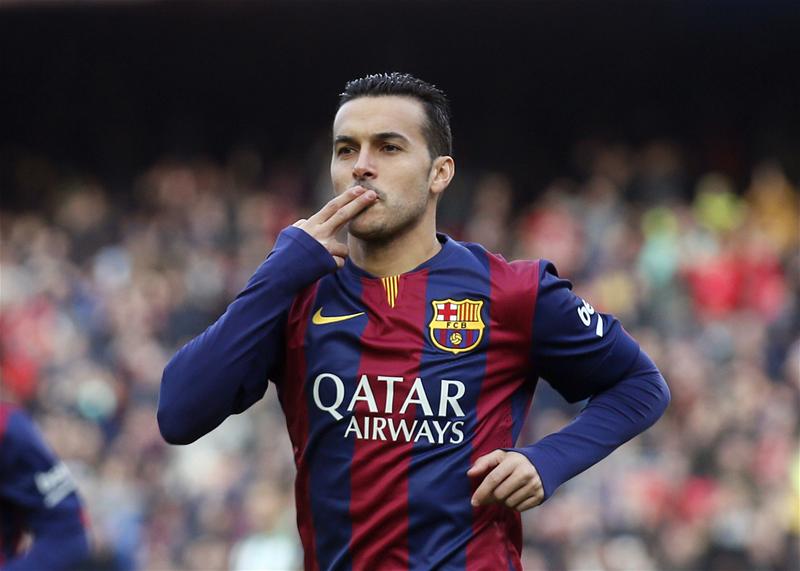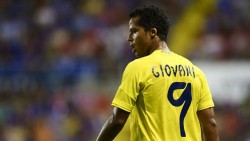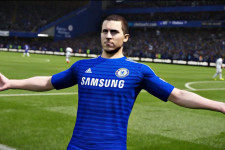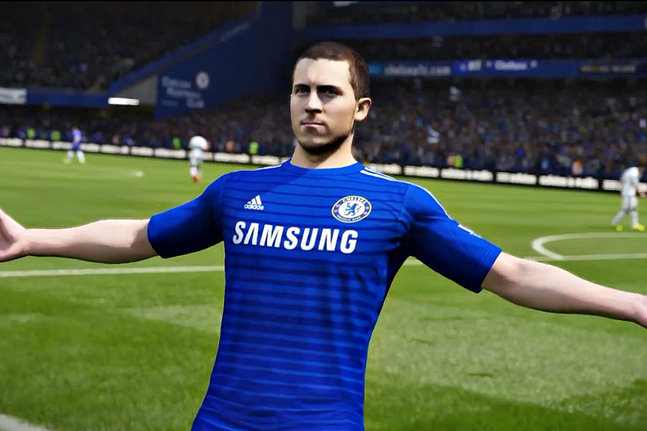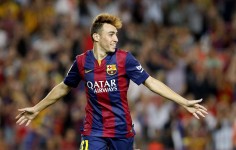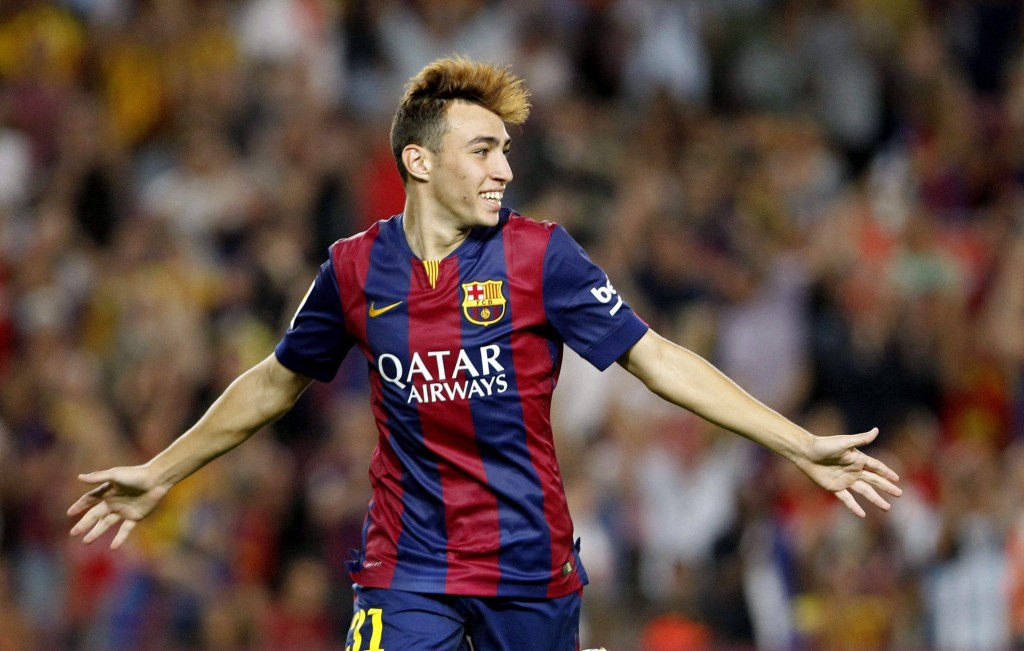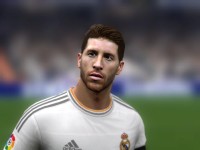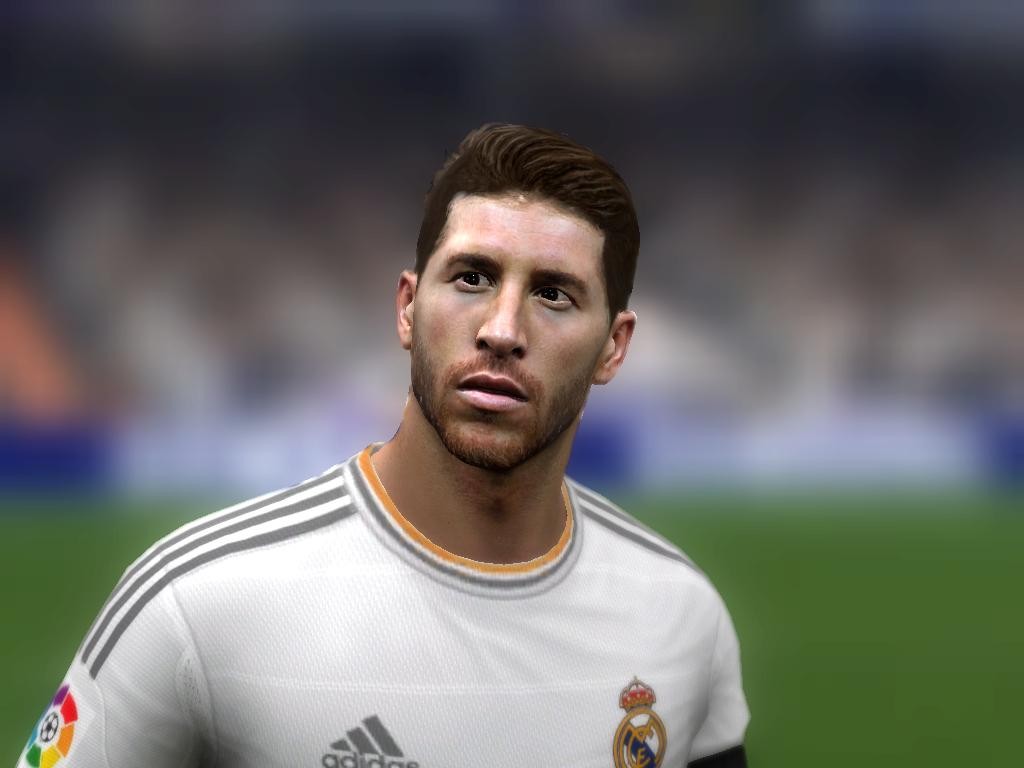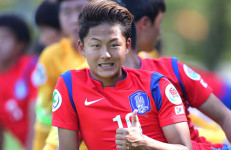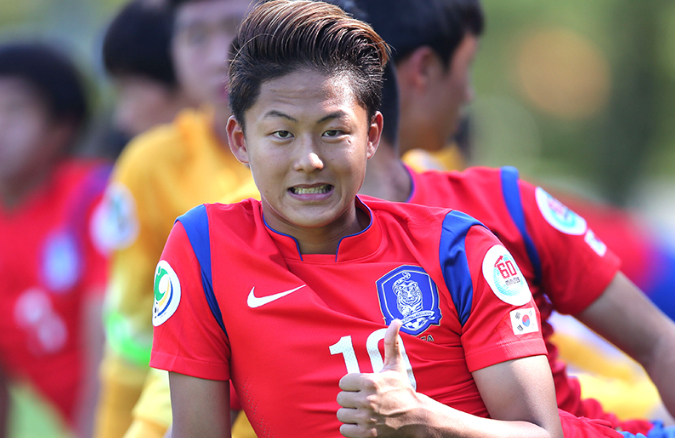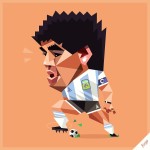Paulo Dybala (Juventus)
Juventus signed the Argentine forward for 32 million euros (£23.4 million) from Sicilian outfit Palermo this summer.
Last season, the 21-year-old scored 13 times for Palermo and provided ten assists - very impressive considering it was his first season in Serie A and was with a relegation-battling side.
Dybala is versatile, athletic and agile, with good technique and an ability to fit into different tactical systems in attack.
I don’t like to make player comparisons but I can understand why many have likened him to his international compatriot, Sergio Aguero.
It will be intriguing to see if Paulo can make that step up with the reigning champions.
With Carlos Tevez departing last season’s Champions League runners-up, he will need to be able to provide spark up front as well as goals.
Daniele Rugani (Juventus)
Having initially brought him to Turin on loan in 2012, Juventus took full ownership of the 20-year-old in February for 3.5 million euros to terminate the co-ownership deal that had previously been in effect with Empoli.
Rugani spent 12 years with Empoli, joining them at the age of six and progressing through the youth ranks.
He enjoyed similar success with the Italy age group teams along the way and is regarded as the future of Italy’s defence.
Rugani is more Fabio Cannavaro than Giorgio Chiellini in the fact that he’s not very physical. He’s a classy and elegant defender.
He was the only Empoli outfield player to play every minute of the last campaign and he did so without receiving a single yellow card!
It’s difficult to see him breaking into Juve’s defence next season with Leonardo Bonucci, Chiellini, Andrea Barzagli and Martin Caceres ahead of him in the pecking order.
Rugani was brought in to replace Angelo Ogbonna, who moved to West Ham United, as back-up.
I just hope that Juve coach Max Allegri gives him an opportunity to shine.
Mateo Kovacic (Inter Milan)
One of the more known players on this list, mainly due to his transfer links away from Inter - with the likes of Liverpool and Barcelona showing an interest in the Croatian.
The likelihood is that the 21-year-old will remain at Inter after his comments to the Italian media.
“I’ll stay here [Inter], I won’t move,” he said. “That’s what I wanted, that’s what my renewal until 2019 shows. There will be a long relationship between Inter and myself.
“I want to show that I deserve Inter. I want to win with this shirt. Inter is like Real Madrid or Barcelona.”
Kovacic is a modern, attacking midfielder. He doesn’t just stand in a ten-yard zone of space and wait for the ball, he often drops deep to collect it.
He moves wide to create overloads and is willing to get back behind the line of the ball in the defensive phase.
He is a wonderfully creative hub and is very calm and confident on the ball.
His distribution and defence-splitting through balls are what make him one of Europe’s hottest prospects.
Domenico Berardi (Sassuolo)
Berardi is a forward who is co-owned by Juventus and Sassuolo. He’s been a Sassuolo player since 2012.
He’s now spent two full seasons in Serie A. He netted 14 goals and provided nine assists last season; in 2013-14, he scored 16, with six assists.
Quite an achievement, at 20, to have 30 Serie A goals under your belt in just two seasons.
Berardi is a pacy and versatile forward. It’s been a joy to watch him in the past couple of seasons in Italy and he could prove to be a gem for the Italy national team for many years to come.
A drawback? Probably his disciplinary record. He’s received 23 yellow cards and two red in 60 Serie A appearances.
This is something he must work on and I’m sure he’ll improve with experience.
Mattia Perin (Genoa)
Any upcoming young Italian goalkeeper who shows glimpses of promise will probably be hailed as the next “Gigi Buffon”.
Many young keepers find this a huge label and many collapse under this sort of pressure. Thankfully for Italy, this 22-year-old Genoa stopper is not one of them.
I’m not suggesting he is the answer to Italy’s prayers once Buffon eventually retires but there is no doubt Mattia is talented.
He was the third-choice keeper behind Buffon and Salvatore Sirigu in Italy’s disastrous World Cup finals campaign in Brazil last year. He has one senior cap.
Light on his feet and blessed with exceptional reflexes, Perin is a brilliant shot-stopper with a bright future ahead of him.
M’Baye Niang (AC Milan)
Niang is a versatile 20-year-old French forward.
He made his debut with Milan in 2012, making 33 league appearances but failing to register any goals.
The following season he was sent out on loan to French side Montpellier and he spent the back end of last term on loan at Genoa, where he impressed with five league goals in 12 games.
Now back at Milan for next season, he’s got a great opportunity to shine under new coach Sinisa Mihajlovic.
Should he get the chance, he must take it because the Rossoneri have signed experienced forwards Carlos Bacca and Luiz Adriano.
Andrea Bertolacci (AC Milan)
Milan signed the 24-year-old midfielder from AS Roma this summer for a hefty 20 million euros.
Bertolacci impressed during his loan stint at Genoa last season, scoring seven goals and registering eight assists.
Signing Bertolacci should inject much-needed creativity into Milan’s midfield. He can play from a central or advanced position, a deeper playmaker or No.10.
He is versatile. He can be more withdrawn, more of a veiled threat, and is not afraid to shoot from afar.
Geoffrey Kondogbia (Inter Milan)
Kondogbia is up there with the biggest transfers in Europe this summer. The Frenchman signed for Inter from AS Monaco for around 35 million euros.
Arsenal fans may remember his solid performances for Monaco in the Champions league last season, when the French club knocked out the North London team on away goals in the Round of 16.
Kondogbia provides great protection in front of his defenders, looking to hunt down any attackers threatening to get beyond them.
A little further up the pitch, he has a good eye for stepping in and dispossessing any opponents looking to break from midfield.
As well as being strong, Kondogbia is skilful and has fine ball control. He is able to manoeuvre himself out of danger.
And while capable of taking on players, he understands the merit of a simple pass to keep his team ticking over.
A player of his type was much needed at Inter. The side conceded 48 league goals last campaign … dreadful.
Alessio Romagnoli (AS Roma)
Twenty-year-old Romagnoli had a tremendous campaign last season on loan at Sampdoria.
It’s uncertain where the central defender will play this upcoming season, with Milan submitting a bid of 25 million euros, which was rejected.
Arsenal are reported to be interested. Or he may well stay with Roma. Wherever he plays, watch out for him next season.
Worthy mentions:-
Juventus: Alvaro Morata, Paul Pogba, Kingsley Coman
Inter Milan: Mauro Icardi
AC Milan: Jose Mauri
Lazio: Ravel Morrison
Udinese: Simone Scuffet
Torino: Daniele Baselli
Written by Serie A Writer
Follow Serie A Writer on Twitter @SerieAWriter
Read more of Serie A Writer’s articles at www.voicingcalcio.com
Like O-Posts on Facebook
You can follow O-Posts on Twitter @OPosts





